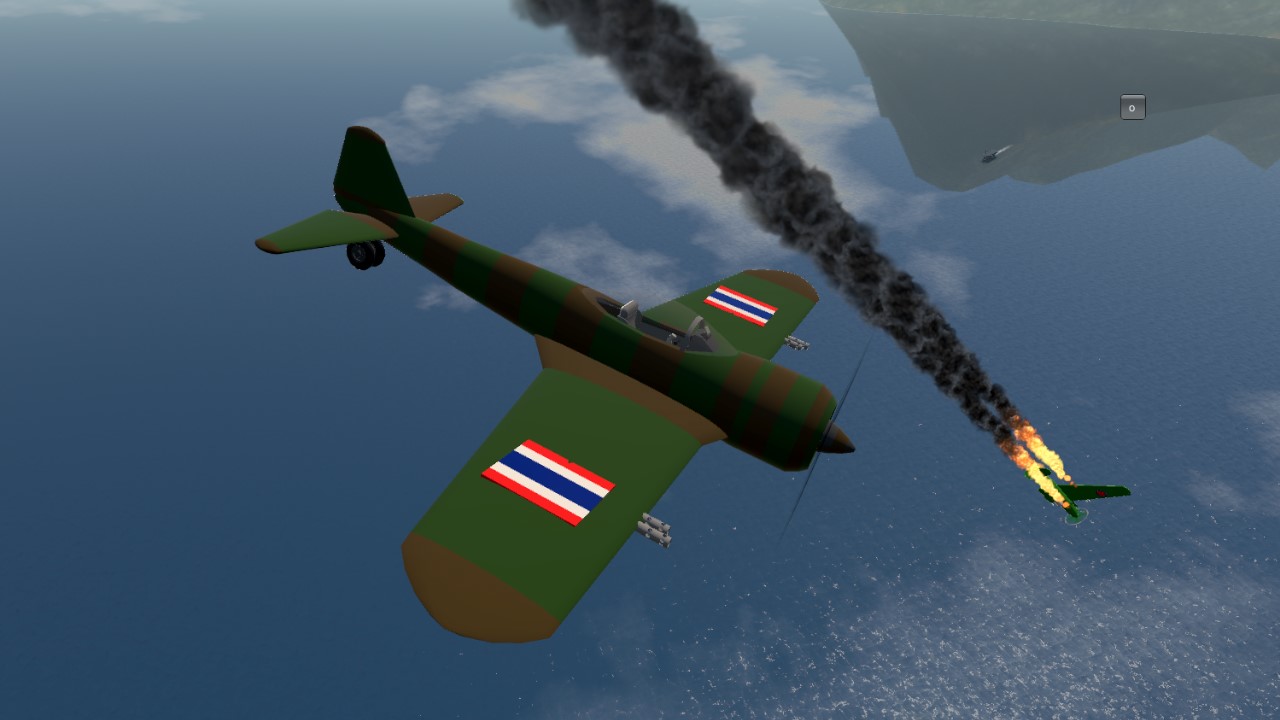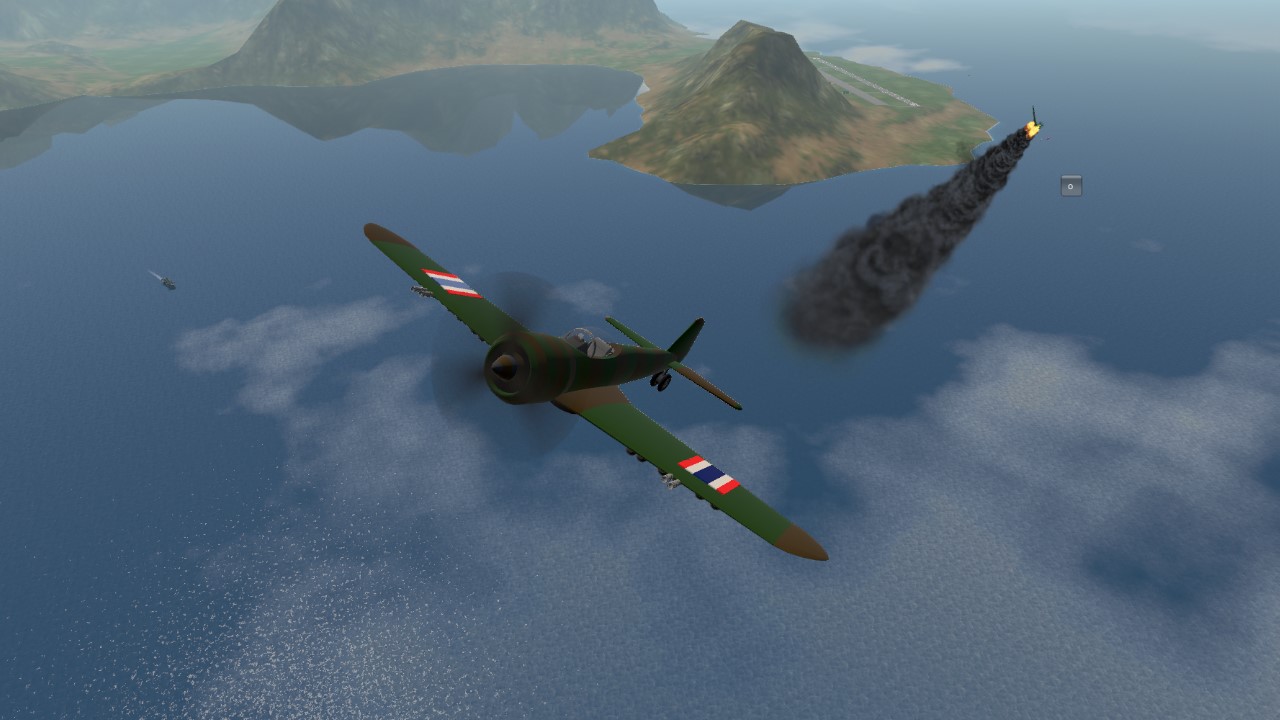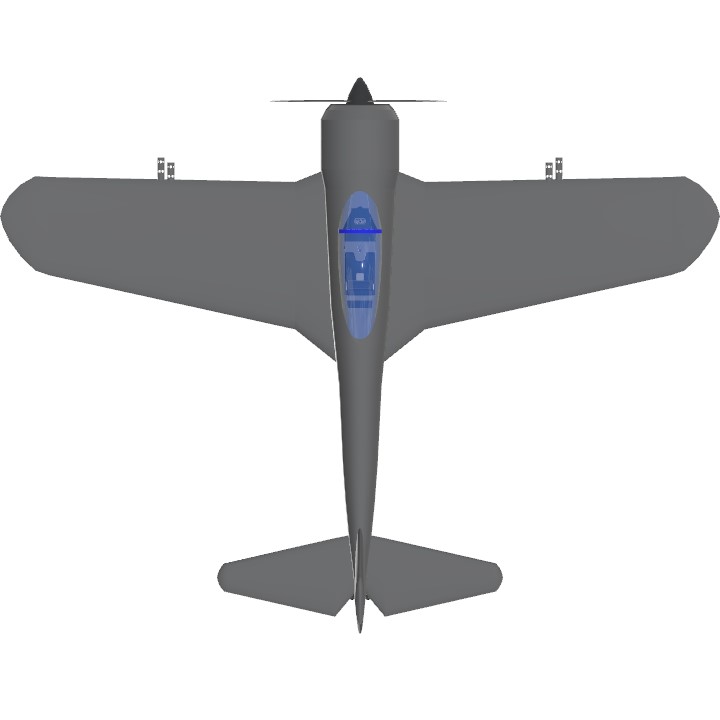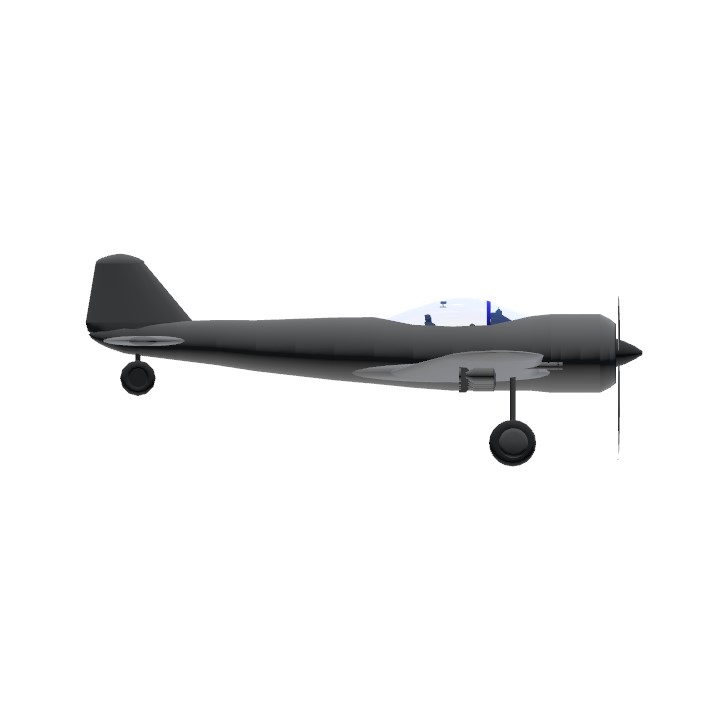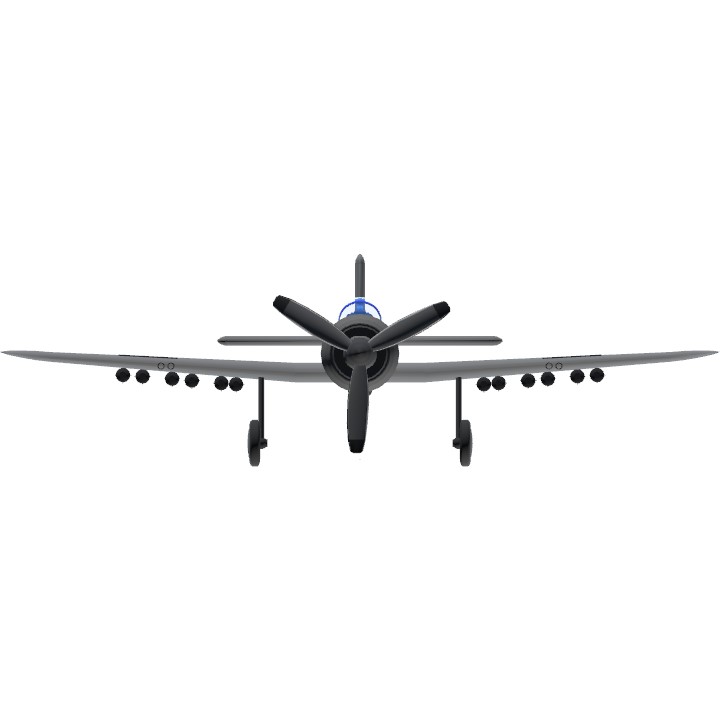The Ki-43 was the most widely used Army fighter, and equipped 30 sentai FR (flight regiment) and 12 chutai IS (independent squadron). The first unit equipped with the Ki 43-I was the 59th FR at Hankow Airfield, during June–August 1941 and began operational sorties over Hengyang on 29 October 1941. The second unit to re-equip with the new Aircraft was the 64th FR, from August to November 1941.
The first version, Ki-43-I, entered service in 1941, the Ki-43-II in December 1942, the Ki-43-II-Kai in June 1943, and the Ki-43-IIIa in summer 1944. The aircraft fought in China, Burma, the Malay Peninsula, New Guinea, the Philippines, South Pacific islands and the Japanese home islands.[7]
Like the Zero, the Ki-43 initially enjoyed air superiority in the skies of Malaya, Netherlands East Indies, Burma and New Guinea. This was partly due to the better performance of the Oscar and partly due to the relatively small numbers of combat-ready Allied fighters, mostly the Curtiss P-36 Hawk, Curtiss P-40, Brewster Buffalo, Hawker Hurricane and Curtiss-Wright CW-21 in Asia and the Pacific during the first months of the war. As the war progressed, however, the fighter suffered from the same weaknesses as the slower, fixed-gear Ki-27 "Nate" predecessor to the Oscar, and the more advanced naval A6M Zero; light armor and less-than-effective self-sealing fuel tanks, which caused high casualties in combat. Its armament of two machine guns also proved inadequate against the more heavily armored Allied aircraft. As newer Allied aircraft were introduced, such as the Republic P-47 Thunderbolt, Lockheed P-38 Lightning, North American P-51 Mustang, Vought F4U Corsair, Grumman F6F Hellcat, Yakovlev Yak-9, Yakovlev Yak-3U and late-model Supermarine Spitfire/Seafire, the Japanese were forced into a defensive war and most aircraft were flown by inexperienced pilots. However, even near the end, the Oscar's excellent maneuverability could still gain advantage over rash Allied pilots.
A captured Ki-43-IIIa of the 48th Sentai, postwar
From October to December 1944, 17 Ki-43s were shot down in air combat; their pilots claimed seven C-47s, five Consolidated B-24 Liberators, two Spitfires, two Bristol Beaufighters, two de Havilland Mosquitoes, two F4U Corsairs, two Boeing B-29 Superfortresses, one F6F Hellcat, one P-38, and one North American B-25 Mitchell. Like most Japanese combat types, many Hayabusas were at the end expended in kamikaze strikes.
The Ki-43 also served in an air defense role over Formosa, Okinawa and the Japanese home islands. Some examples were supplied to the pro-Japanese regimes of Thailand, Manchukuo and Wang Jingwei Government as well. The Thai units sometimes fought against the USAAF in southern China.
Hayabusas were well liked in the JAAF because of the pleasant flight characteristics and excellent maneuverability, and almost all JAAF fighter aces claimed victories with Hayabusa in some part of their career. At the end of the war, most Hayabusa units received Nakajima Ki-84 Hayate "Frank" and Kawasaki Ki-100 fighters, but some units flew the Hayabusa to the end of the war. The top-scoring Hayabusa pilot was Sergeant Satoshi Anabuki with 39 confirmed victories, almost all scored with the Ki-43.
After the war, some captured examples served in limited numbers in the French Air Force in Indochina against Viet Minh rebels.
Ki-43s abandoned in the Netherlands East Indies were taken over by the newly declared Indonesian government and put into service during the fight against Dutch forces.
Specifications
General Characteristics
- Predecessor TH Ki-43 (WINGS PROBLEM)
- Created On Windows
- Wingspan 30.0ft (9.2m)
- Length 22.9ft (7.0m)
- Height 8.9ft (2.7m)
- Empty Weight N/A
- Loaded Weight 4,264lbs (1,934kg)
Performance
- Horse Power/Weight Ratio 0.586
- Wing Loading 27.5lbs/ft2 (134.3kg/m2)
- Wing Area 155.0ft2 (14.4m2)
- Drag Points 472
Parts
- Number of Parts 113
- Control Surfaces 5
- Performance Cost 730

